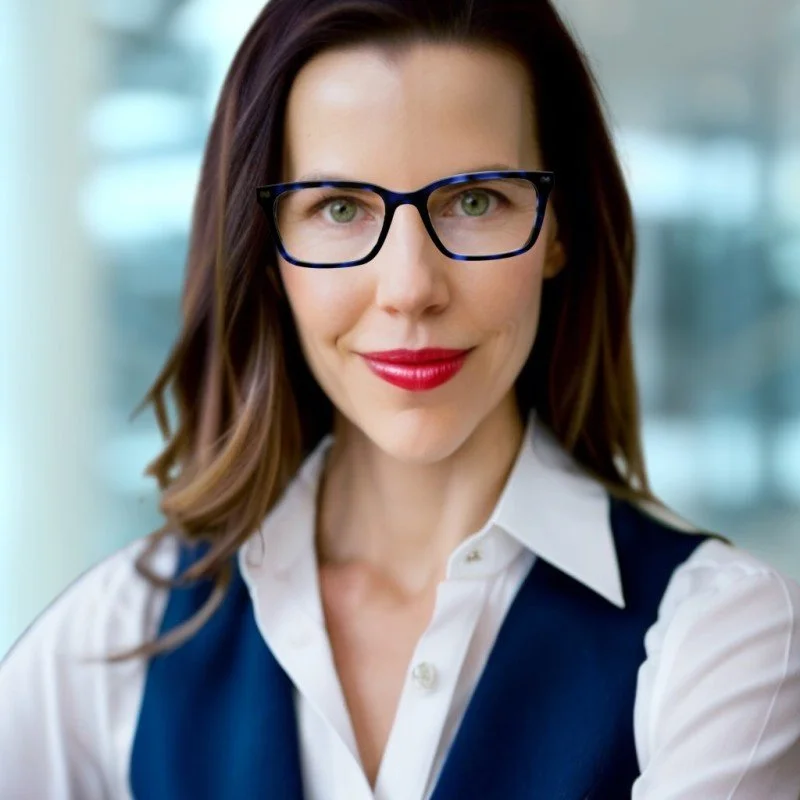Meet Our Founder
Dr. Rachel’s Story
When asked how I got into this work, the first thing I always say is that “I worked for a lot of jerks.” I’ve also worked for managers who could lead self-starters but not individuals who needed more guidance, and managers that were truly transformational for all members of their team.
They could adapt their style, manage their own emotions, make decisions that were perceived fairly, and established a level of trust that allowed colleagues and myself to go to them to identify problems, pitch new ideas, and seek mentorship.
Understanding the Psychology of Human Behavior
These experiences built on a long fascination with humans. Why we do what we do, why the small percentage of us that is different from each other can create such big divides. Why one person can thrive in an environment that makes others crumble.
I loved those early classes in psychology and sociology, which helped me to start to see myself differently and better interpret the world around me. For example, my high school psychology teacher was the first who taught me that everyone has their own truth and that defines what they interpret as a big or small challenge.
From Theatre to Change-Maker
But, my study of human behavior and the human experience began before that with my work in the theater. The theater is essentially the study of being human. For every play in every scene we had to break down our character’s drive.
What is the goal, what do they need in each moment. Why? Who and what are on their side? Who and what are in their way? What is the path to achieve the goal. The playright determines in the end whether they are successful of course, but we cannot play the scenes as if we know the outcome.
Lessons in the Psychology of Change
And we are charged with ensuring the audience buys into that story we are telling. It’s how I first learned that:
Emotions are made not triggered; you can leverage tools to manipulate your emotions and mood.
How you see yourself is not necessarily how others receive you.
Goal achievement––not just setting––is actually pretty simple. What do you want? Why? Do you really want it or just think you should want it? What is working for you? What is working against you (the obstacles)? Now, let’s shape the path to get to the goal.
My Approach
That’s how I approach the work with my clients. I help them understand that they have more control over the emotions they are feeling and the “head trash” going on inside that is telling them they have no time, no control, don’t know enough, aren’t working hard enough, aren’t getting enough done, are too tired, too stressed, or too overwhelmed.
Starts with Understanding
I help them understand themselves via strategic self-awareness and see how others see them. This improves decision-making, trust, creativity, motivation, client outcomes, and job satisfaction. It decreases interpersonal conflict and deciant workplace behaviors, and has a roll in reducing turnover.
Depth of Experience
My applied experience across theater, journalism and communications, the legal industry, and state and federal government, was not enough though. I have seen coaches and consultants end up harming clients because they had the applied experience without the educational background to get 20-questions deep with them and be able to leverage different tools to meet the client where they were at.
Individual Organizational Psychology Professional
Since I’m driven by ensuring no other worker goes through the negative work experiences I did, I wanted to ensure I could do right by every client. That’s what led me to earn my doctorate in individual and organizational psychology and my national board certification in health and wellness coaching.
I’m proud to say that those tools have allowed me to become a trusted advisor for leaders across the globe through my work with the US State Department and now via RB Strategies.

